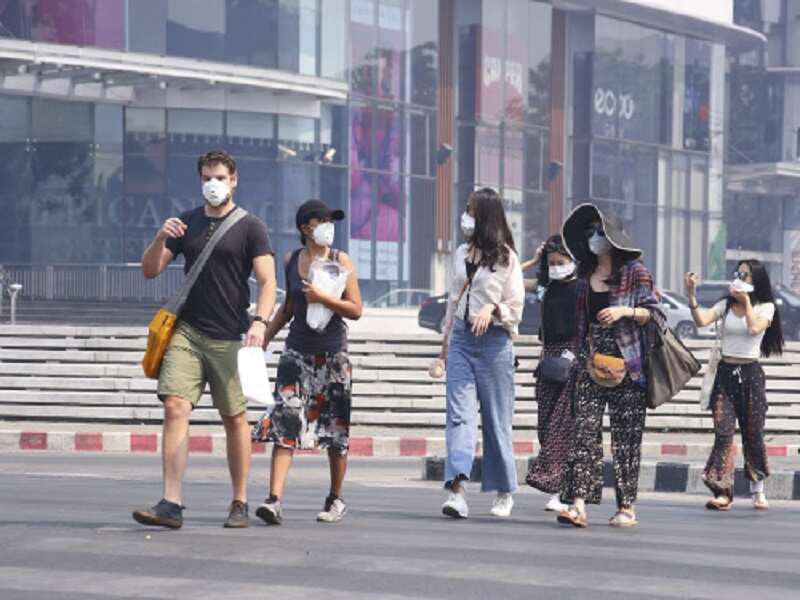- Industry
- 2 min read
How toxic is the air you breathe? Nobody knows!
The report had highlighted the fact that the method adopted by pollution watchdogs including the Central Pollution Control Board (CPCB) and the Gujarat Pollution Control Board (GPCB) to measure air ambient quality itself is flawed.
The report had highlighted the fact that the method adopted by pollution watchdogs including the Central Pollution Control Board (CPCB) and the Gujarat Pollution Control Board (GPCB) to measure air ambient quality itself is flawed. But 14 years to it, there are no changes when it comes to properly monitoring air ambient quality in the country like in the city and the state.
PSS in collaboration with Farmers Action Group had sampled air along the effluent channel project (ECP) in Vadodara, Ankleshwar GIDC and the Vadodara petrochemical complex as part of a collaborative effort with the International Bucket Brigade. The samples were tested at a lab in the United States.
“The reports of air pollution that are submitted to the parliament and the state assemblies only showcase the levels of air pollutants like sulphur oxides (SOx), nitrogen oxides (NOx), particulate matter (PM) and carbon dioxide (CO2). While it is important to measure the levels of these pollutants, no agency in the country is presently monitoring levels of other pollutants which are equally harmful to humans,” said environment activist Rohit Prajapati.
“Practically, it is like not measuring blood sugar level of a diabetic patient or doing ECG of a heart patient,” said Prajapati, who along with others has been demanding that government adopts proper standards to monitor air pollutants.
The 2005 report had revealed alarming cocktails of cancerous and dangerous toxins which were contaminating the air in Vadodara and Ankleshwar.
A sample collected at the Vadodara petrochemical complex had two cancerous chemicals – acrylonitrile and dichloroethane – exceeding international standards while the sample collected along the ECP contained three cancerous chemicals – chloroform, methylene chloride and benzene. The report mentioned that cancer is not the only concern. The pollutants effect reproductive systems, the central nervous system, the kidneys and the liver, among other things. Since these are not chemicals naturally in the air at these levels, their mere presence bids warning of the severity of pollution.
“Ironically, most of the times, the level of pollutants are measured based on devices kept at a certain height. An adult breathes at the height of six feet whereas a child inhales at the height of 3-4 feet. The presence of pollutants differ on the ground and above the ground. This means, all measurements are not only ad hoc, but do not reflect the real state of air pollution,” he said.






COMMENTS
All Comments
By commenting, you agree to the Prohibited Content Policy
PostBy commenting, you agree to the Prohibited Content Policy
PostFind this Comment Offensive?
Choose your reason below and click on the submit button. This will alert our moderators to take actions